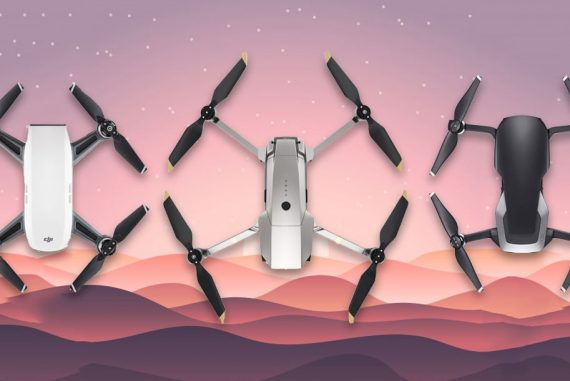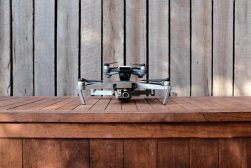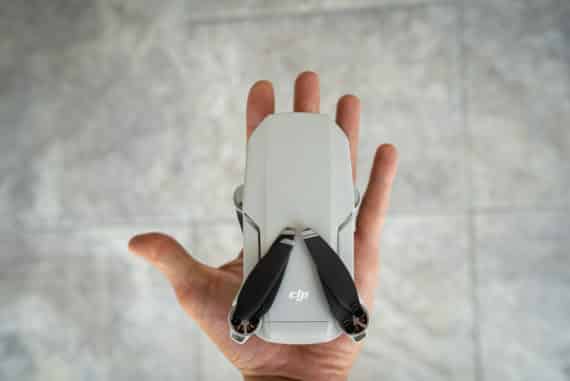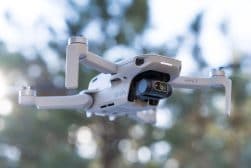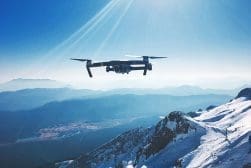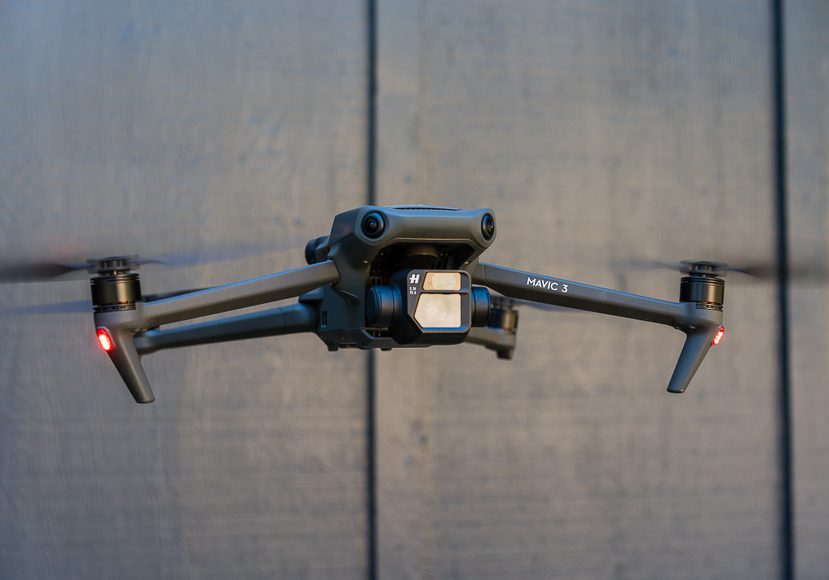
DJI Mavic 3 Drone Review | Best Value for Professionals?
Dive into our DJI Mavic 3 review to discover its advanced flight features, top-tier camera quality, and why it's a still a great choice for aerial photography.
When the DJI Mavic 3 was released, I knew I would be upgrading. Nearly two years later, I’m still very excited about this drone.
As a professional photographer and videographer, adding an aerial perspective to my deliverables has always been important.
With the DJI Mavic 3, it is even easier and more fun than ever!
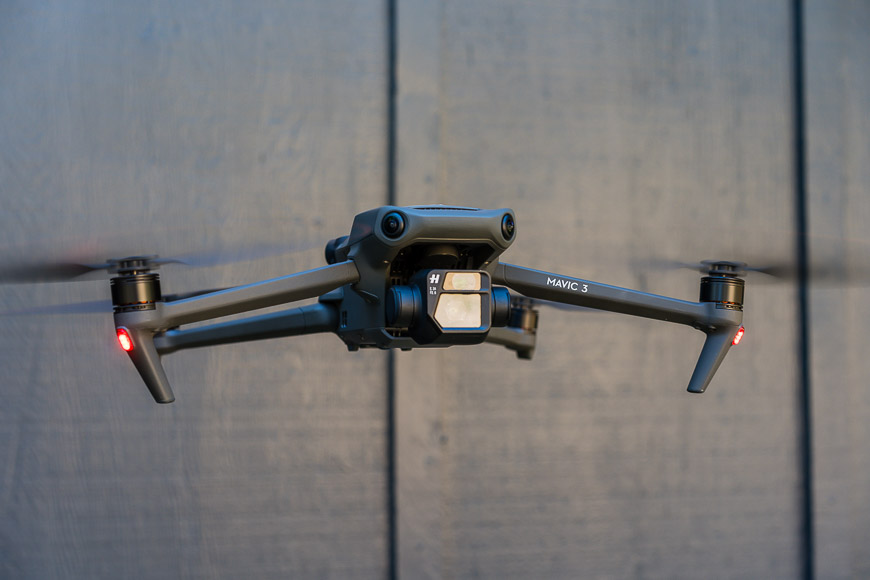
Advanced flight capabilities, exceptional camera quality, and extended battery life: a standout choice for aerial photography and videography.
With the flurry of drone releases lately from DJI, you might be wondering why I’m reviewing this “old” model.
The reason is that I still think the Mavic 3 is one of the best full-featured drones that DJI is offering in their lineup.
The DJI Mavic 3 has many impressive qualities, including its long flight time, dual camera setup, and excellent image/video quality.
Read on to learn why I think the DJI Mavic 3 is still one of the best drones on the market!
Table of Contents
DJI Mavic 3 Specs
- 46min Flight Time
- Dual Cameras
- Image Quality
- Video Quality
- Fast/Powerful
- Larger size
- Expensive
Maximum Speed: 47 mph / 21 m/s
Maximum Flight Time: 46 Minutes
Vision System: Omni-directional
Hovering Accuracy: ±0.33′ / 0.1 m
Maximum Range: 9.3 Miles / 15 km
Sensor: 4/3″ CMOS
Effective Pixels: 20 MP
Focal Length: 24mm (35mm Equivalent)
Aperture: f/2.8-f/11
Minimum Focusing Distance: 3.3′ / 1 m
ISO Range: 100 to 12800
Max Photo Resolution: 5280 x 3956
Photo Format: JPEG, DNG
Overall Dimensions: 3.8 x 3.6 x 8.7″ / 96 x 90 x 221 mm (Folded)
Weight: 31.5 oz / 895 g
Build & Appearance

My first impression of the DJI Mavic 3 was how much larger it was than my Mavic 2 Pro.
After getting comfortable with it, the Mavic 3 feels very comfortable in my kit, and I appreciate the performance it offers despite its increased size.
While it initially felt larger, I appreciated the impressive 46-minute flight time as well as the top speed of 47mph. This drone moves very quickly and stays in the air for a LONG time!
I also love the secure feeling of the rear-inserted battery and the broader wingspan that makes it feel stable in the air.
Additionally, the appearance of the DJI Mavic 3 is more refined and stylish than some of the previous versions of DJI drones.
With the omnidirectional obstacle avoidance system, DJI is finally making a drone that is very easy & forgiving to fly.
Considering the improvements and advances in the DJI Mavic 3, you might be wondering why the standard remote is so simple.
I’ll talk about it more below, but one thing I strongly suggest is getting the upgraded DJI RC remote with the built-in 5.5-inch screen.
It seems like the improved remote should come standard with such a premium drone, but the cheaper DJI RC-N1 remote keeps the cost down.
Overall, I really enjoy the improved build quality and appearance of the DJI Mavic 3. It is a very stylish-looking drone with impressive features!
Ergonomics & Handling
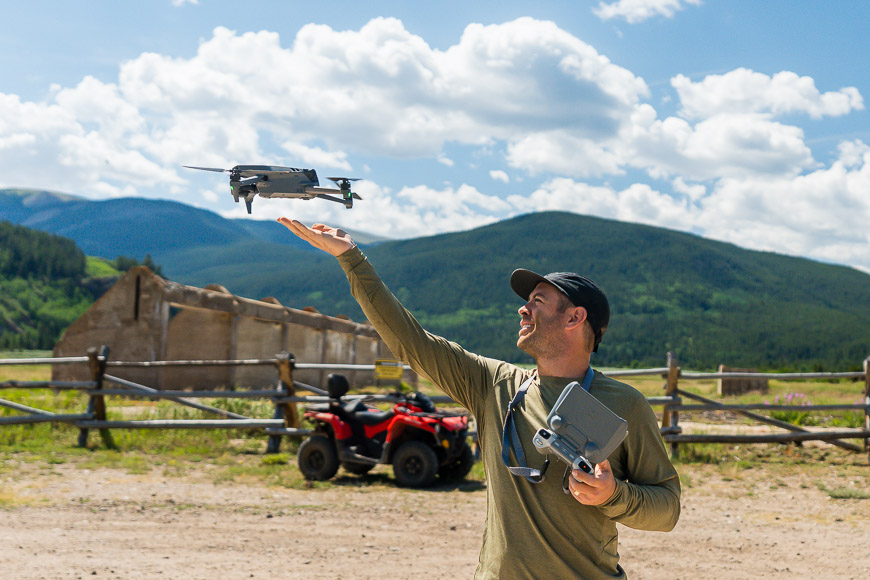
When it comes to ergonomics and handling, the DJI Mavic 3 is impressively stable and intuitive. It is one of the best flying drones I’ve worked with.
The omnidirectional obstacle avoidance allows you to fly with the peace of mind that you’re not going to unexpectedly crash into a tree, even when orbiting around a subject.
Many other DJI drones offer some obstacle avoidance sensors, but having them cover all directions, especially on the sides/back is very helpful.
Coming from someone who has crashed several drones and had many close calls, this feature is awesome.
I also appreciate that you can quickly switch the flight modes on the latest generation of DJI controllers – see our article on the best drones with screens on controllers.
With the flip of a switch, you can change from Cinematic (Cine) to Normal to Sport modes that all have customizable characteristics.
Flying in Cine mode makes all of your movements smoother and allows you to capture beautiful footage without the amateur movements that make your footage distracting to watch. This is the best mode for filming with the Mavic 3.
Flying in Normal mode will allow you to move more quickly and is best suited to getting the drone in position or taking photos when smooth movements don’t matter.
This mode still utilizes all the obstacle avoidance sensors.
Flying in Sport mode turns off obstacle avoidance and gives you maximum performance.
The control stick inputs will feel much snappier, but this is also a good way to hit things, so I usually recommend avoiding this mode unless you know you are well clear of any hazards.
With the DJI-RC-N1 controller, you’ll have access to all these modes, but you’ll be missing out on the 5.5-inch screen as well as some of the additional customizable buttons/controls.
I strongly encourage you to upgrade to the DJI-RC controller because of the beautiful screen as well as the three extra custom buttons and a control wheel.
Having a dedicated wheel to control both the exposure as well as the tilt of the gimbal is very helpful.
The extra custom buttons can be set to switch the gimbal from forward to down with the click of a button (helpful for landing), as well as switching lenses.
Having these controls at your fingertips with the DJI-RC remote makes the flying experience much better.
When it comes to upgrades from previous DJI drones, the DJI Mavic 3 gets a big upgrade with the dual camera and increased sensor size.
The tele lens is super fun to give a parallax effect to make cinematic video footage.
The increased sensor size is excellent, and I’ll get into more detail in below.
With the DJI Fly App, this drone is very quick to connect and no longer requires a compass calibration with every flight.
Additionally, the omnidirectional obstacle sensing system combines multiple vision sensors with the advanced pilot assistance system to easily divert around obstacles and maintain a smooth flight pattern.
My favorite feature about the handling of this drone is the increased battery life.
Having a 46-minute flight time gives you a realistic opportunity to do 2 long flights on a single charge!
Overall, the handling of this drone is much improved!
Focus Performance
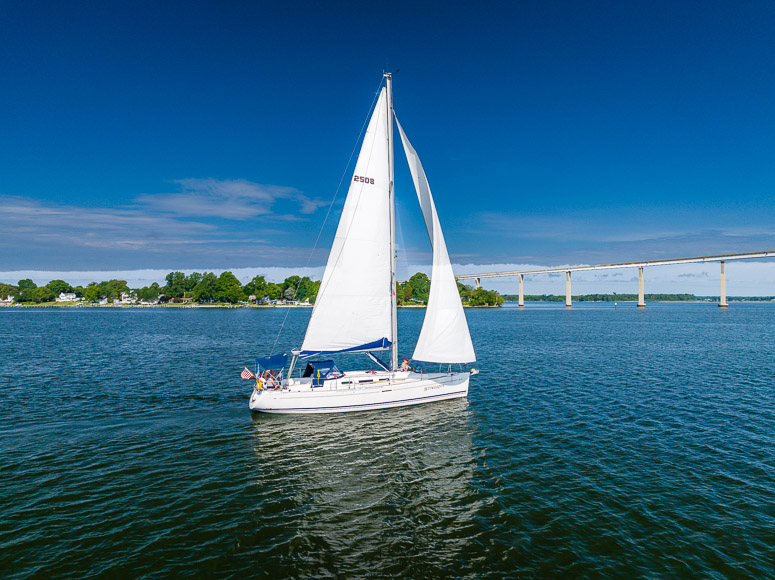
While many of the DJI drones have a fixed focus system, the DJI Mavic 3 uses autofocus to ensure sharpness.
Despite this, I find the focus to be spot on almost all the time due to the combination of a wide lens and a relatively faraway subject.
It is rare that I even engage the autofocus system, but it is nice to see the green box to know that your image is crisp.
However, I do often use the autofocus on the telephoto lens. It is quick/responsive at locking onto a subject.
Because of the nature of drone photos/footage and relatively distant subjects, autofocus is not a primary feature I look for.
Despite this, the AF system on the DJI Mavic 3 is solid.
Low Light Performance
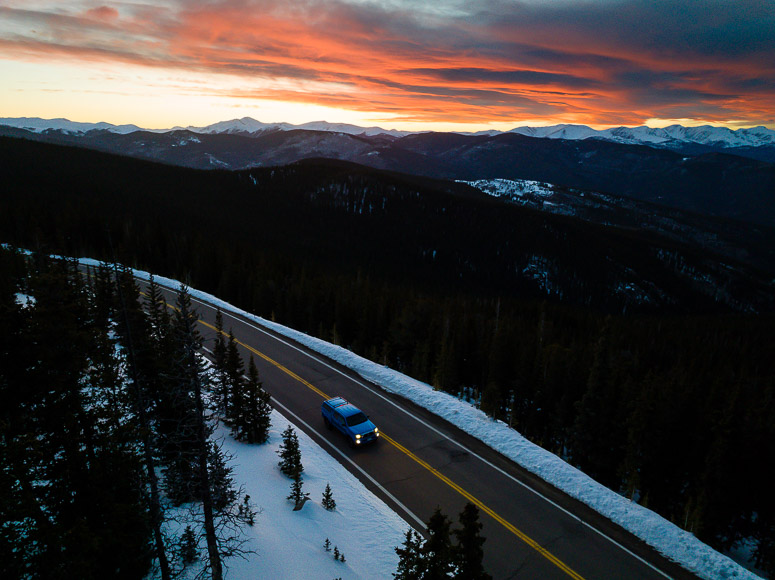
Low light performance is an area that drones typically struggle with. With a small sensor on many drones, the pixel density often leads to digital noise at higher ISO levels.
The micro-four-thirds camera on the DJI Mavic 3 significantly improves this classic drone flaw.
Images look excellent up to about ISO 800 on the DJI Mavic 3. From ISO 1600-3200, you’ll notice the noise, but it is easy to clean up with good noise reduction software.
Above ISO 3200, the images are pretty grainy, but with an f/2.8 lens on the main camera, it is rare that you would ever need to go higher to get proper exposure.
When capturing video with your DJI Mavic 3, you can utilize a feature called night mode. This will enable some in-camera noise reduction, and you can get solid-looking footage at up to ISO 3200.
Overall, I am very happy with the low-light performance of the DJI Mavic 3. It is nice to have a little more latitude in the ISO range than previous drones where I was scared to go above ISO 400.
Image Quality
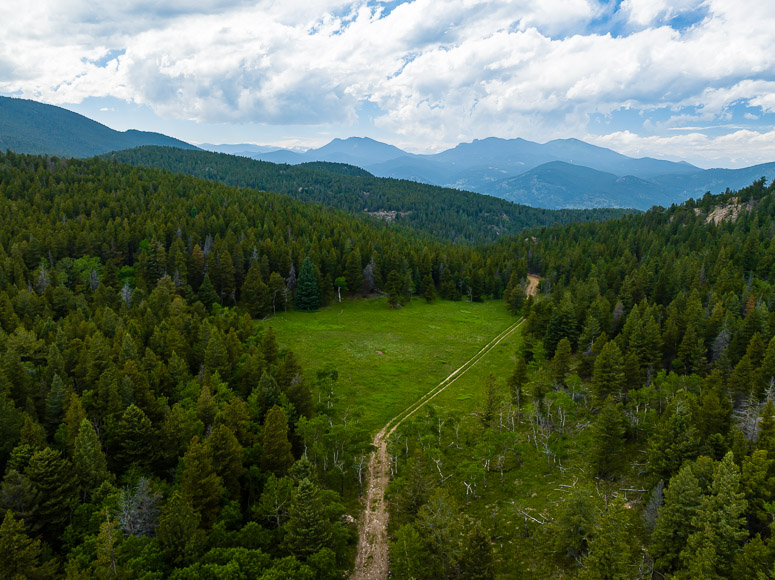
Image quality is where the new main camera really shines on the DJI Mavic 3! The photos are crisp and have excellent color rendition. The RAW files are easy to color correct and match to other cameras you might be using (Sony or Canon, etc.).
I also like that the raw images are 20MP with a slightly taller aspect ratio than a typical 2×3 camera ratio. This gives a little room to crop in or an easier opportunity to make vertical images.
Some other DJI drones offer high-resolution images by combining pixels. For example, the Mavic Air 2 created 48mp photos by combining four 12mp images.
I love that the DJI Mavic 3 has a native 20MP sensor that can capture true 20MP photos. This feature sets it apart from some of the other drones on the market if you are looking for a photography drone.
Lastly, the dynamic range of this drone is quite good. It is listed as 12.8 stops, but I’ve found the ability to recover shadows/highlights to be excellent, making it similar to my full-frame mirrorless cameras.
In terms of video, the native colors are quite good, but if you want the maximum ability to capture a wide dynamic range video, consider filming in the D-Log profile.
This will require some additional post-production work but gets the maximum performance of the advanced features.
After over a year of use, I can confirm that the image quality of the Mavic 3 is excellent!
Sample Images
Below are a series of sample images I took with my DJI Mavic 3 to really showcase what this long range drone can do:
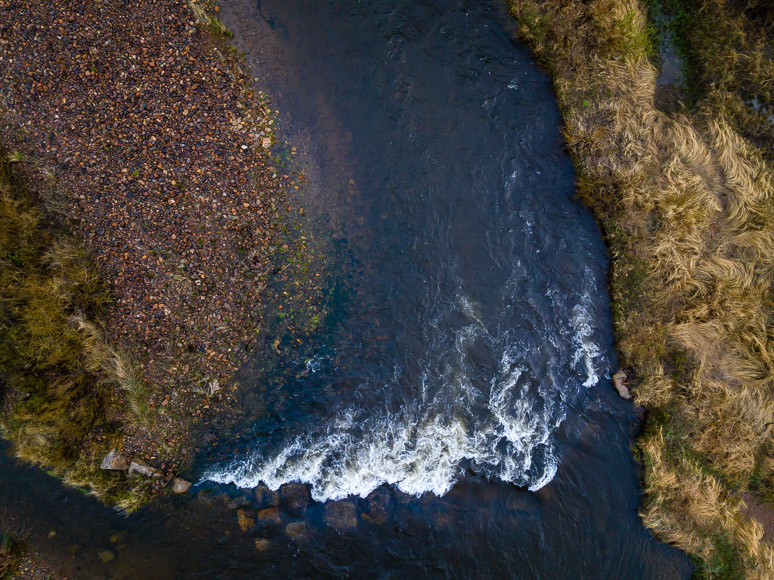
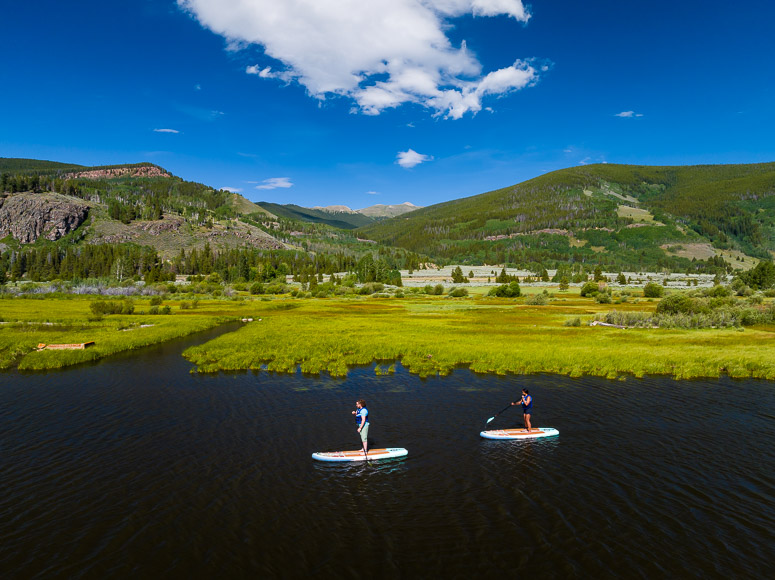
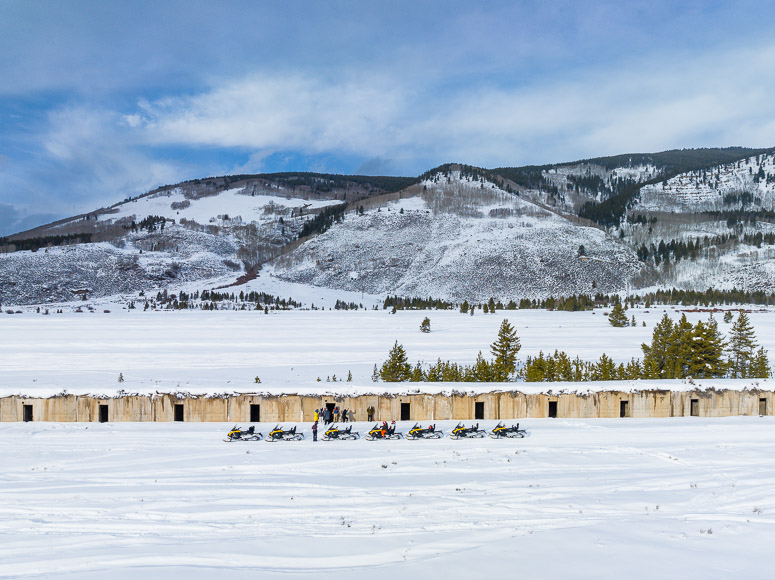
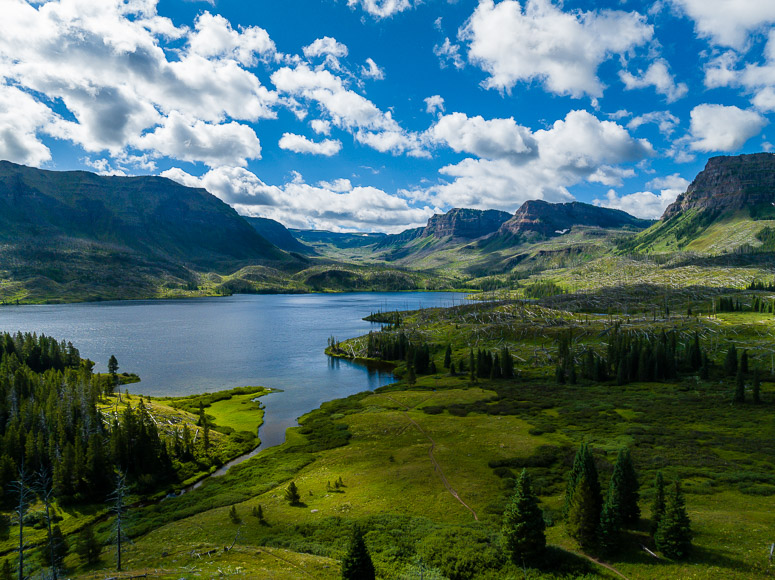
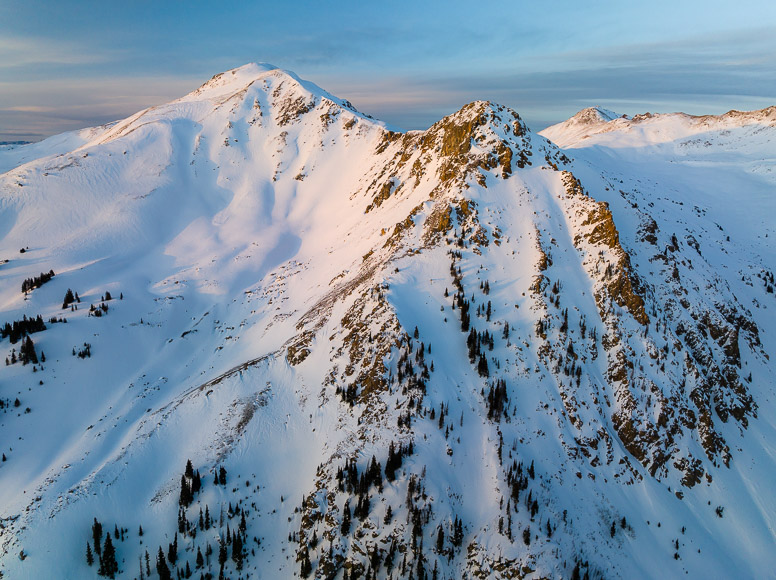
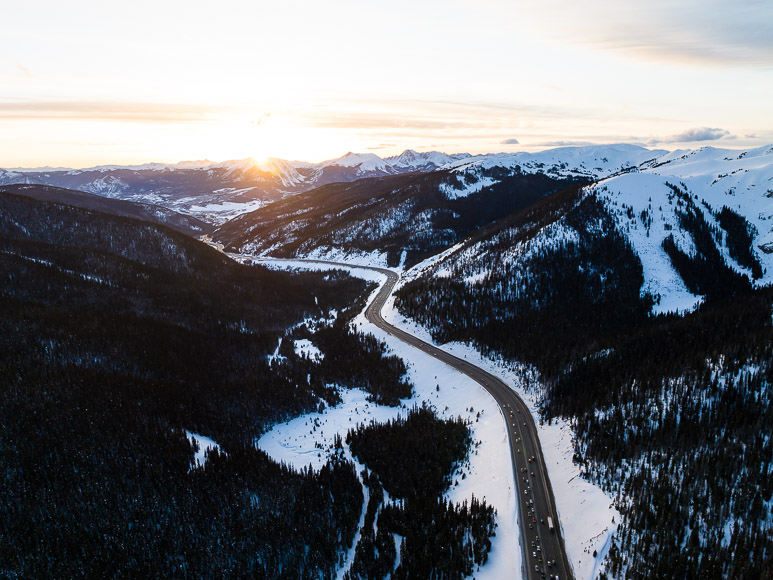

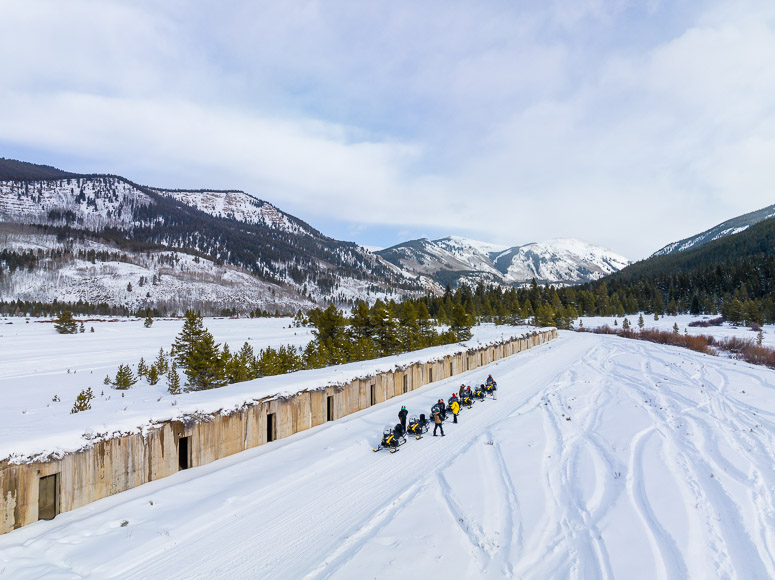
Overall Performance
Overall, I consider the performance of the DJI Mavic 3 to be excellent.
It has safety features like multiple vision sensors, a top-quality micro-four thirds sensor, huge battery life, and an impressive telephoto camera.
Coming from previous versions of DJI Drones, the Mavic 3 will not disappoint. It is more than just a consumer drone, and I find it to be very helpful as a professional photographer/videographer.
Once you pick up the control sticks and get the Mavic 3 in the air, I can almost guarantee you will appreciate the improvements this drone offers.
Professional photographers will also appreciate the best image quality when reviewing what they have captured.
The Mavic series of drones is known to deliver top quality, and the Mavic 3 does not disappoint!
Other Useful Features
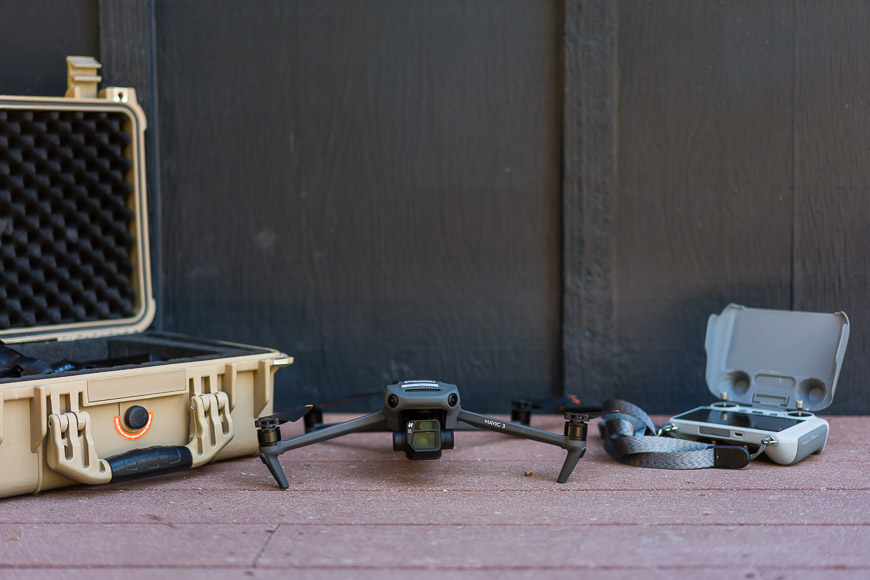
When you dive further into the capabilities of the Mavic 3, you may notice some other useful features.
It has the ability to maintain continuous flight (sort of like an autopilot system), automated flight patterns to create interesting camera control, intelligent flight modes, and subject tracking that is more powerful than ever.
All of these features, combined with the 46-minute flight time, give you an endless opportunity for creativity.
This drone is aimed at a higher price point than other less expensive options, but there are so many features packed into the software.
Additionally, I am very happy to see the inclusion of two cameras on this drone. It gives a unique perspective that is different than many other classic viewpoints you see in other drones.
Another feature you might consider if videography is your main use is the Cine Premium combo.
This gives you an onboard 1TB hard drive that will record footage in Apple ProRes for the highest quality.
It’s really an impressive feature for a small folding drone.
How I Tested the DJI Mavic 3
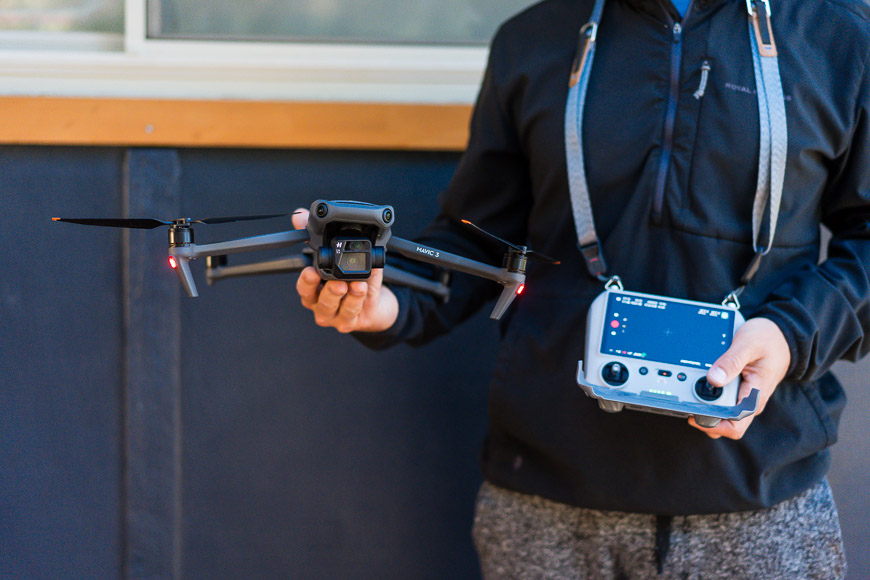
Testing the Mavic 3 has been a fun process. After sinking my Mavic 2 Pro into the ocean, it was time to upgrade to the Mavic 3.
I have tested this drone from the coast to the Rocky Mountains, and it has performed well in a wide range of photo/video shoots.
I fly drones regularly on almost every project because of the unique perspective they offer, and the DJI Mavic 3 hasn’t let me down yet.
With 3 extra batteries, I can fly almost as much as I want on a project and use the dual Hasselblad camera to get a variety of images/videos.
The drone market is getting more crowded, but the Mavic 3 was an easy choice because the performance and flying time are top in its class among folding drones.
The only issue I’ve ever had with the Mavic 3 is when I was flying in freezing temps (-10 F), and the iPad I was using lost power.
It went from a full charge to a dead battery in a few minutes. Luckily, the drone stayed hovering in position while I quickly plugged in my phone and reconnected.
Clearly, I was operating outside the recommended temperature range, but cameras are tools, in my opinion, and should be pushed to their limits if the project requires it.
Alternatives to the DJI Mavic 3
Currently, there are not a lot of alternatives to DJI, nor many USA-made drones. Because DJI dominates the market, it is often just a question of which DJI drone you will buy.
Sure, you can look at Autel or X-Dynamics, but they just don’t offer the same level of performance or price. For a small drone, the Mavic 3 is one of the best options.
Other offerings from DJI, like the Air 2S or the Mavic Air 3, look quite appealing, but none offer the same combination of features.
You might consider the newer but less fully-featured Mavic 3 Classic. This drone has been simplified from a dual-lens camera to a single-lens camera. It retains almost all the other features but has a lower price point (around $1500 vs. $2000).
I find the second lens to be a lot of fun to use, and it allows me to get a unique perspective. Alternatively, you could look at the Mavic 3 Pro, which has a third camera for an additional angle.
This triple-camera drone is just a couple hundred dollars more than the original Mavic 3, which feels like a good value. More on value below.
You can also check out our guide to how much a drone costs.
Value for Money

At around $2000, the DJI Mavic 3 is an excellent value! It has some impressive features for a small drone aimed at professional photographers and videographers.
I find the Mavic 3 to be more than adequate for my use, and I can fly nearly continuously with the battery charging hub plugged in nearby.
The safety features protect your investment and keep you from crashing.
As I mentioned above, there are not many alternatives from other companies, but I do appreciate how the Mavic 3 has all the features I want in a drone.
There are less expensive options from DJI, such as the Air 2S, but if you want the best balance of size/quality/features, the Mavic 3 is the best option.
FAQ’s
Is the Mavic 3 worth buying?
Yes, this is an excellent drone and has top quality images/video for professionals.
Is the Mavic 3 a professional drone?
Yes, it shoots 20mp stills and up to 4k120p video. I am a professional photographer/videographer and use this drone often.
Do I need a license to fly the Mavic 3?
You only need a license if you are flying commercially. However, you will need to register the drone with the FAA regardless of use.
DJI Mavic 3 Review | Conclusion
If it isn’t clear already in my DJI Mavic 3 review, I’m a big fan of this drone.
There are so many cool features that make the Mavic 3 a joy to fly, and I will definitely be keeping it in my kit.
I use it regularly as a professional photographer/videographer and will continue to do so until something better comes along.
DJI drones are impressively durable, but I’m sure there will be some cool new features released soon that will tempt me toward an upgrade!
If a feature can help me be a better storyteller, there is no doubt I will be adding it to my toolkit.

Advanced flight capabilities, exceptional camera quality, and extended battery life: a standout choice for aerial photography and videography.





